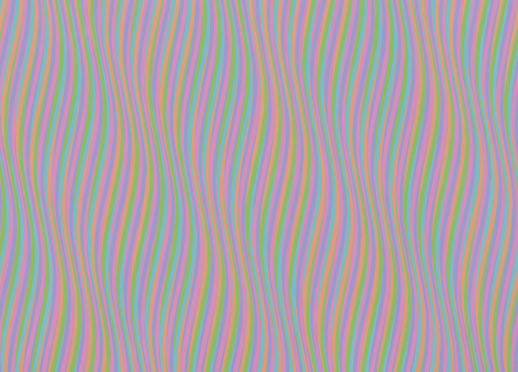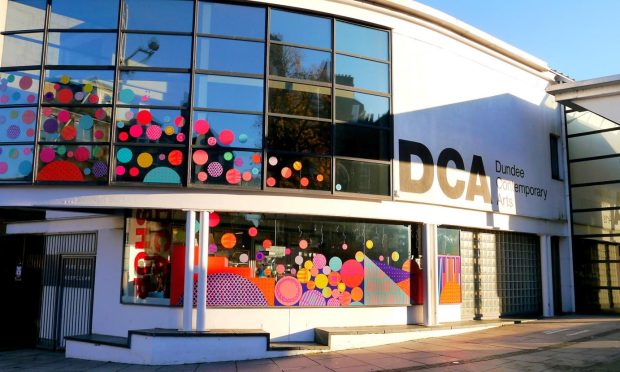What do you make of the British abstract artist Bridget Riley? Bit like Marmite, I imagine – half the country loves her, the other half says yeeuch!
Riley (b 1931) has been called Britain’s greatest living abstract artist and has been showcased recently at the Royal Scottish Academy in a major retrospective, which is now transferring to the Hayward Gallery in London. It was the first museum survey of her work to be held in the UK for 16 years, and the largest exhibition to be shown in Scotland.
Now, one of her most famous explorations of colour is due under the hammer at Christie’s.
Orphean Elegy 7 is a fusion of colour, rhythm and form that stems from the culmination of Riley’s ‘lyrical’ period. Between 1974 and 1981, she devoted herself almost exclusively to curved structures, producing some of the most serene and emotionally radiant canvases that she had ever painted.
The curve first emerged from Riley’s studio in the 1961 canvas Kiss, but it was not until 1974 that she began to investigate its potential in earnest, eventually wrapping the colours around one another to create complex patterns.
Painted in 1979, Orphean Elegy 7 is acrylic on canvas and measures 55in x 51in.
The painting is one of 54 works from the private collection of Jeremy Lancaster, who headed Wolseley, part of the world’s largest distributor of heating and plumbing products.
You will need a lottery-sized bank account to be in with a chance of giving Orphean Elegy 7 wallspace when it comes up in London on October 1. The presale estimate is £1.5 to £2 million.
Picture: Bridget Riley’s Orphean Elegy 7 (Christie’s).










